Changing the way you eat can feel overwhelming—especially when it’s tied to managing your health.
When I first heard about autoimmune Paleo meals, I pictured bland chicken and a lifetime of saying no to everything I loved. But a bad flare-up of joint pain made me curious enough to try.
I remember standing in my kitchen with a pot of bone broth simmering, surrounded by piles of fresh greens and root vegetables. I felt both determined and slightly lost.
What amazed me most was how quickly my body reacted. Within weeks, the fatigue eased, and my mornings no longer felt like I was dragging a heavy backpack.
In this article, we’ll walk through what autoimmune Paleo meals are, how they differ from standard Paleo, and how to make them satisfying enough for everyday life.
PrintAutoimmune Paleo Meals: Simple, Healing Recipes for Every Day
- Total Time: 55 minutes
- Yield: 4 servings
Description
A simple, nourishing autoimmune Paleo stew packed with vegetables and rich flavor.
Ingredients
1 lb grass-fed beef, cubed
2 cups sweet potatoes, peeled and diced
2 cups leafy greens (kale or spinach)
2 cups bone broth
2 tbsp coconut oil
1 cup carrots, sliced
1 tsp sea salt
1 tsp dried rosemary
Instructions
1. Heat coconut oil in a large pot over medium heat.
2. Add beef cubes and brown on all sides.
3. Stir in sweet potatoes and carrots, cooking for 5 minutes.
4. Pour in bone broth and bring to a boil.
5. Reduce heat, cover, and simmer for 30 minutes.
6. Add leafy greens and cook for another 5 minutes.
7. Season with sea salt and rosemary before serving.
Notes
Store leftovers in an airtight container for up to 3 days.
For a variation, use wild-caught salmon instead of beef.
- Prep Time: 15 minutes
- Cook Time: 40 minutes
- Category: Dinner
- Method: Stovetop
- Cuisine: Autoimmune Paleo
Table of Contents
A Personal Journey into Autoimmune Paleo Meals
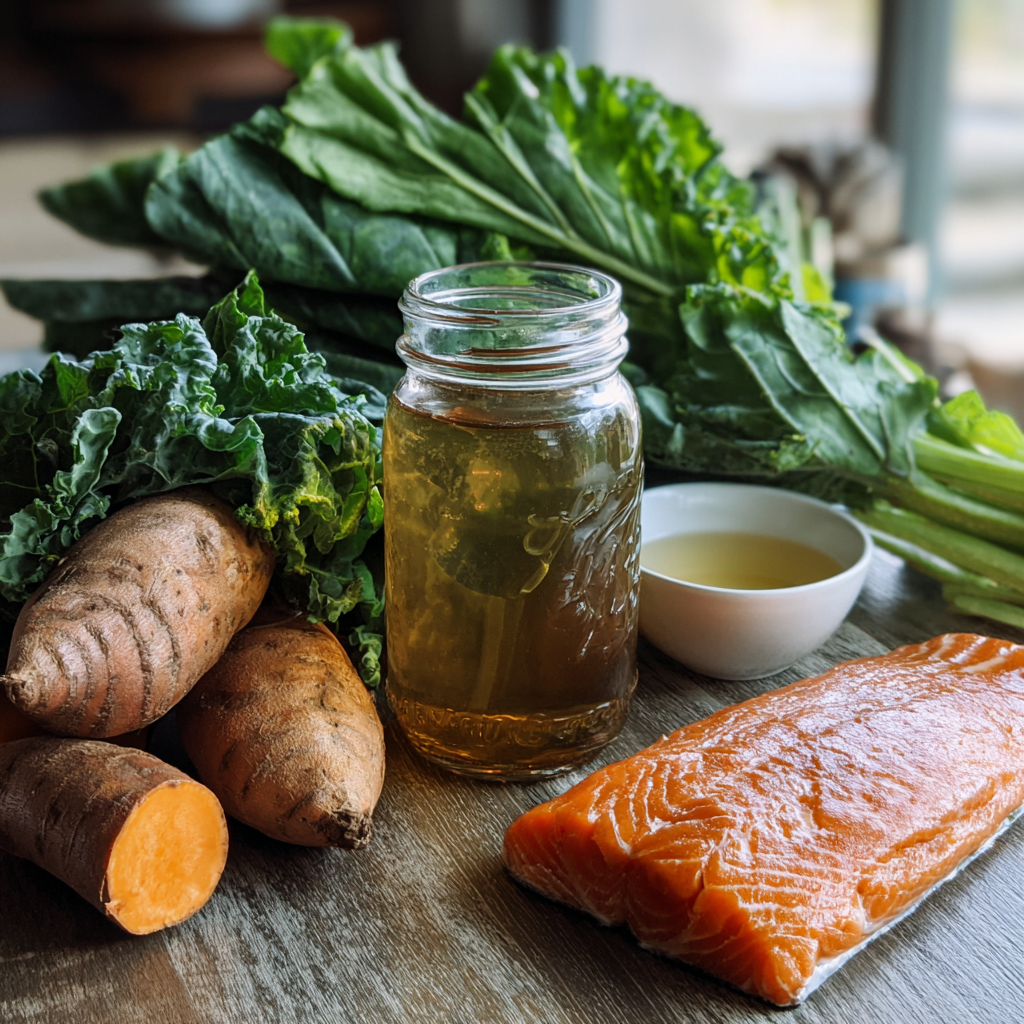
From Flare-Ups to Flavor
When you have an autoimmune condition, it’s important to listen closely to the signals your body gives you. Before finding the autoimmune Paleo approach, I tried everything—cutting sugar, going gluten-free, even experimenting with “healthy” desserts like my own spin on birthday cake cake pops that still left me feeling achy. It wasn’t until I stripped my meals down to the essentials—high-quality proteins, vegetables, and healthy fats—that I noticed a real shift. Autoimmune Paleo meals cut out common triggers like grains, dairy, eggs, nuts, seeds, and nightshades. At first, it felt restrictive, but then I realized it was like giving my body a clean slate. Once the inflammation started to settle, food began to taste brighter, more alive.
Why Food Choices Matter for Autoimmune Health
The autoimmune Paleo diet aims to reduce inflammation, promote gut healing, and give the immune system a rest from ongoing irritation.By focusing on nutrient-dense, whole foods, you create meals that are gentle yet deeply nourishing. For instance, swapping out a processed snack for a warm bowl of oatmeal (made AIP-compliant with coconut flakes and berries instead of grains) can calm symptoms instead of triggering them. It’s not just about avoiding the wrong foods—it’s about feeding your body what it needs to repair. Over time, these small, consistent choices become the foundation for more energy, fewer flares, and a better quality of life.
For More Recipes :
Understanding Autoimmune Paleo Meals
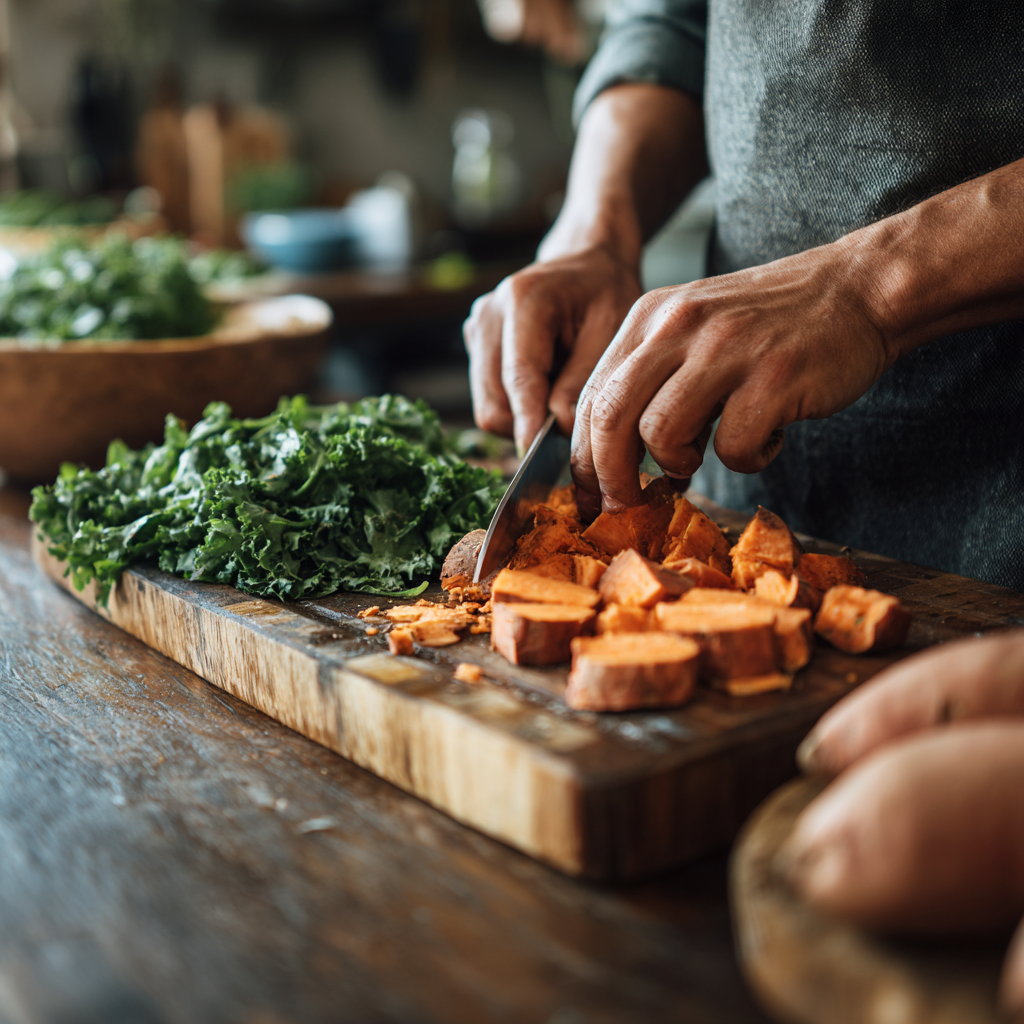
What Makes Autoimmune Paleo Different from Standard Paleo
At first glance, Paleo and autoimmune Paleo might look the same—both skip processed foods, refined sugars, and grains. But autoimmune Paleo meals go further by removing eggs, nuts, seeds, nightshades (like tomatoes, peppers, and eggplant), and certain spices. These changes are intentional, targeting common compounds that can irritate the gut and worsen autoimmune symptoms. Think of it as a deeper clean—if regular Paleo is wiping down the counters, autoimmune Paleo meals are pulling out the fridge to scrub behind it. When I first made the switch, I had to skip my favorite Sunday omelets and change the way I seasoned my steak dinners, but over time I found delicious replacements that fit the plan.
The Science of Autoimmune Paleo for Inflammation Control
Autoimmune Paleo meals are built on the idea that many autoimmune conditions are linked to increased intestinal permeability, often called “leaky gut.” When the gut lining is weakened, particles from food can slip into the bloodstream, setting off an immune reaction. By eliminating the foods most likely to cause this reaction, autoimmune Paleo meals give the gut a chance to repair. Nutrient-dense choices—like bone broth, organ meats, and leafy greens—supply the vitamins and minerals the body needs for tissue healing. Even a treat can be adapted; I’ve made a fondant-style dessert with coconut and cassava flour that stayed fully AIP-compliant. With the right ingredients, autoimmune Paleo meals can reduce inflammation and still feel satisfying.
Building Delicious Autoimmune Paleo Meals
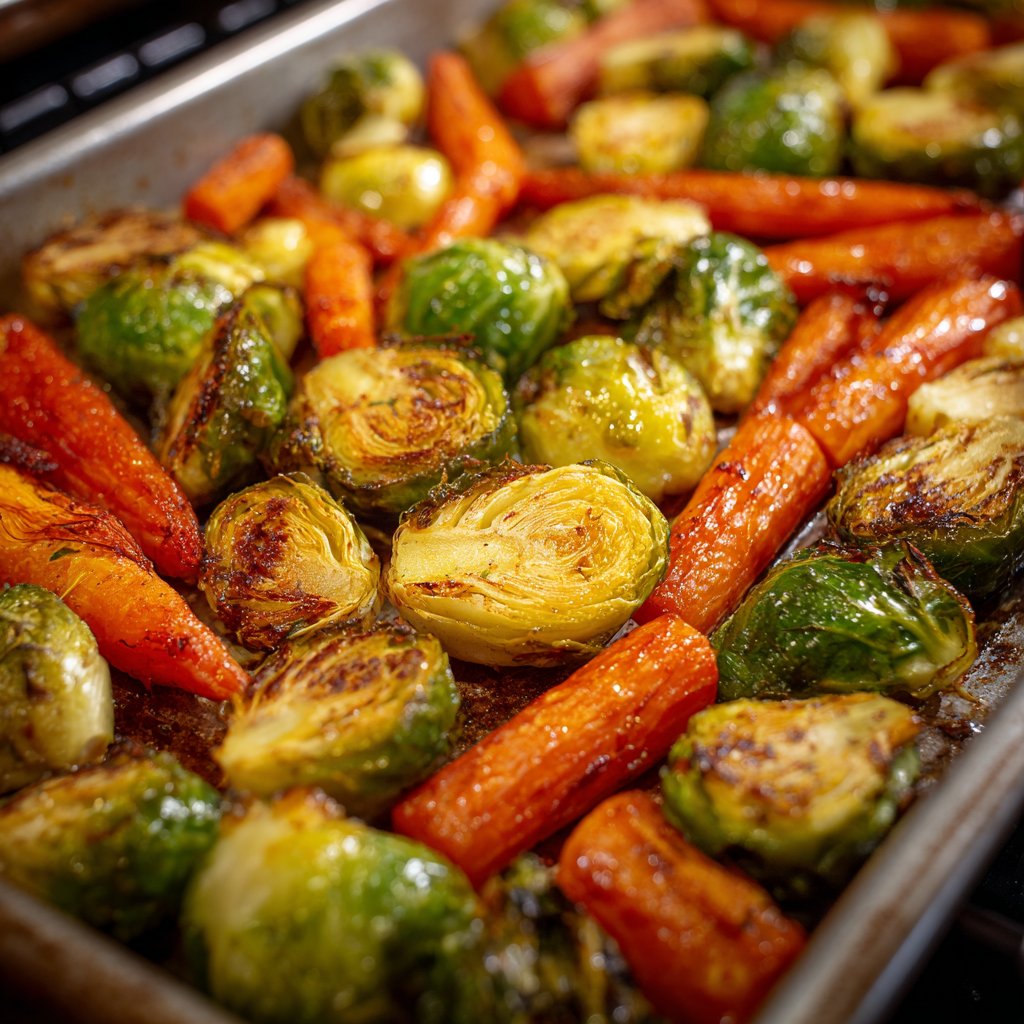
Staple Ingredients for an AIP-Friendly Pantry
The key to making autoimmune Paleo meals enjoyable is having the right ingredients on hand. A stocked pantry means you can whip up something healing without staring at the fridge in frustration. Essentials include grass-fed meats, wild-caught fish, organ meats, leafy greens, cruciferous vegetables, sweet potatoes, coconut products, and bone broth. These foods deliver the nutrients needed to help the immune system function more calmly. I keep jars of dried herbs like rosemary and thyme, which add flavor without triggering symptoms. Sometimes, when planning meals for the week, I borrow ideas from other simple eating plans like my bland diet meal plan—it’s amazing how much overlap there is in gentle, soothing foods.
Cooking Methods to Lock in Nutrients and Flavor
Even the most healing foods can fall flat if they’re overcooked or lack flavor. The beauty of autoimmune Paleo meals is that slow cooking, roasting, and steaming bring out natural sweetness and tenderness without heavy sauces or processed seasonings. For example, roasting carrots and Brussels sprouts in coconut oil transforms them into something rich and satisfying. Steaming greens keeps their color bright and nutrients intact. When I’m short on time, I use ideas from quick-prep guides like my healthy Walmart meals guide—just swapping in AIP-approved items. The goal is simple: make every bite count for both taste and healing.
Practical Meal Planning & Lifestyle Tips
How to Prep Autoimmune Paleo Meals for the Week
Planning ahead is one of the most effective ways to stay on track with autoimmune Paleo meals. Batch cooking proteins, chopping vegetables in advance, and having ready-to-go sauces can make weekday cooking stress-free. I like to roast a tray of chicken thighs, steam a big pot of greens, and prepare jars of bone broth every Sunday. This way, I can mix and match ingredients for quick lunches or dinners. Having a few grab-and-go options—like pre-portioned smoothie packs—also helps when life gets busy. In the past, I used to rely on heat-and-eat dishes like devour meals, but now I’ve replaced them with my own freezer-friendly AIP recipes so I can stay on track without sacrificing convenience.
Adapting Recipes for Family and Social Life
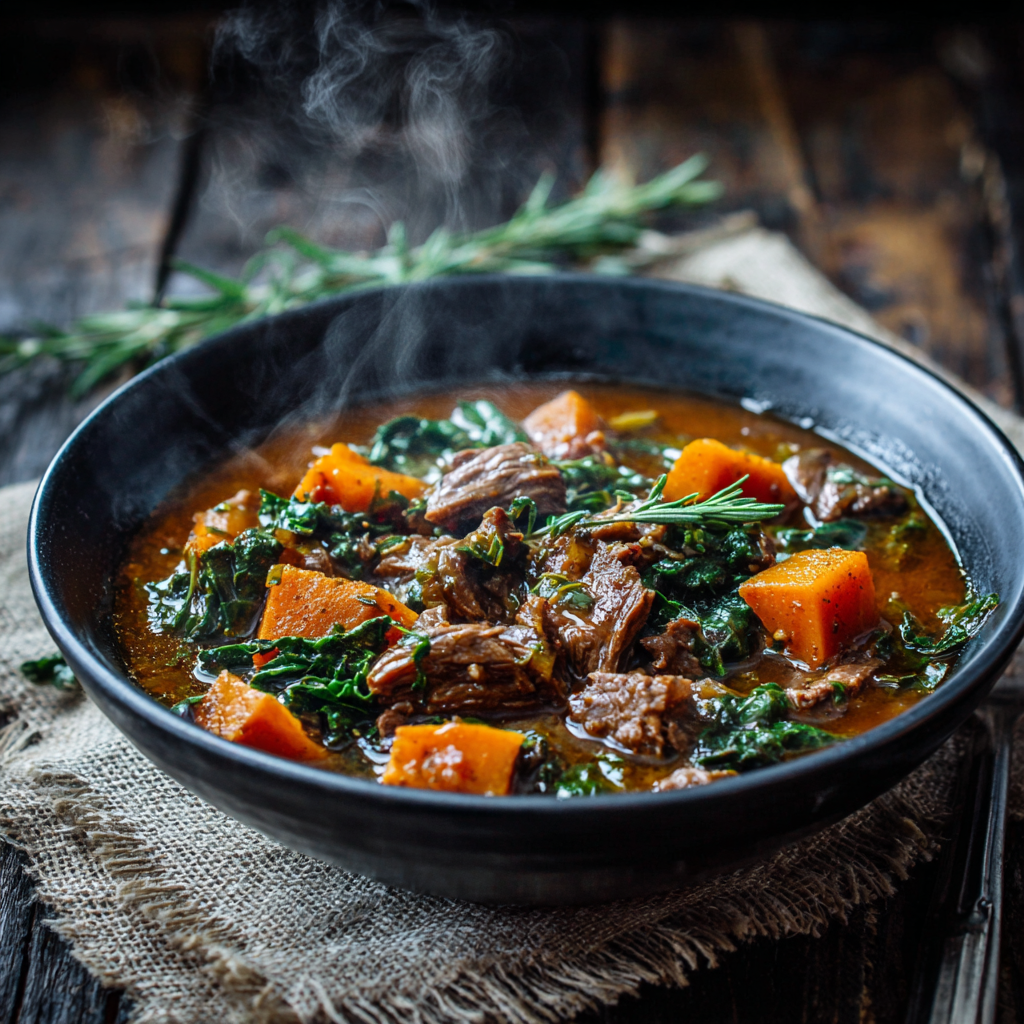
Eating differently can feel isolating at first, but autoimmune Paleo meals don’t have to mean cooking two separate dinners every night. I often make a main dish everyone can enjoy, like roasted salmon or slow-cooked beef, and simply adjust the sides for myself—skipping nightshades or grains while the rest of the family has their usual portions. Hosting friends can be fun too; I’ve served hearty AIP stews alongside treats like my funfetti cake cupcakes recipe for dessert so guests don’t feel like they’re missing anything. With a little creativity, autoimmune Paleo meals can fit seamlessly into family dinners, potlucks, and celebrations without making anyone feel left out.
FAQs About Autoimmune Paleo Meals
Can you eat eggs on autoimmune Paleo?
No. Eggs are excluded from autoimmune Paleo meals because they contain proteins that can trigger an immune response and irritate the gut lining in sensitive individuals. They can be reintroduced later during the reintroduction phase if tolerated.
What is the best diet for autoimmune disorder?
There’s no single “best” diet for everyone, but many people find that autoimmune Paleo meals reduce inflammation, improve digestion, and lessen flare-ups. The focus is on nutrient-dense, anti-inflammatory foods tailored to individual tolerance.
Can you lose weight on the autoimmune Paleo diet?
Yes. Autoimmune Paleo meals are naturally free from processed sugars and refined carbs, which can lead to weight loss. However, the primary goal is healing and reducing inflammation—weight changes are often a side benefit.
What is the difference between Paleo and autoimmune Paleo?
While both avoid grains, legumes, and processed foods, autoimmune Paleo meals go further by removing eggs, nuts, seeds, nightshades, and certain spices. These extra steps help reduce potential triggers for autoimmune symptoms.
Conclusion
Autoimmune Paleo meals aren’t just about restriction—they’re about discovering foods that help you feel your best. By focusing on nutrient-dense ingredients, smart cooking methods, and planning ahead, you can create meals that are both healing and delicious. Over time, the recipes you prepare become less about what you can’t have and more about the abundance of flavors you can enjoy. Whether you’re cooking for yourself or sharing a table with friends and family, autoimmune Paleo meals can be a practical, tasty way to support your health every single day.

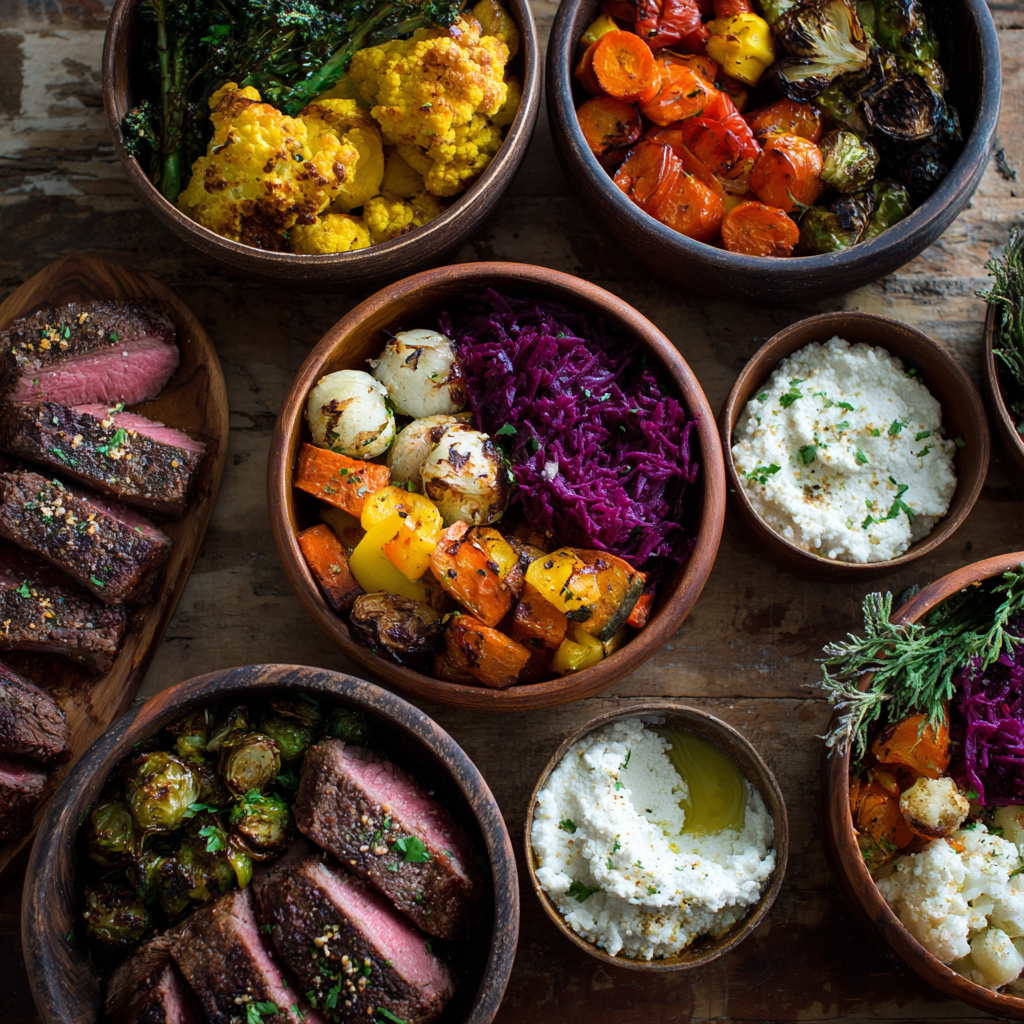
3 thoughts on “Autoimmune Paleo Meals: Simple, Healing Recipes for Every Day”